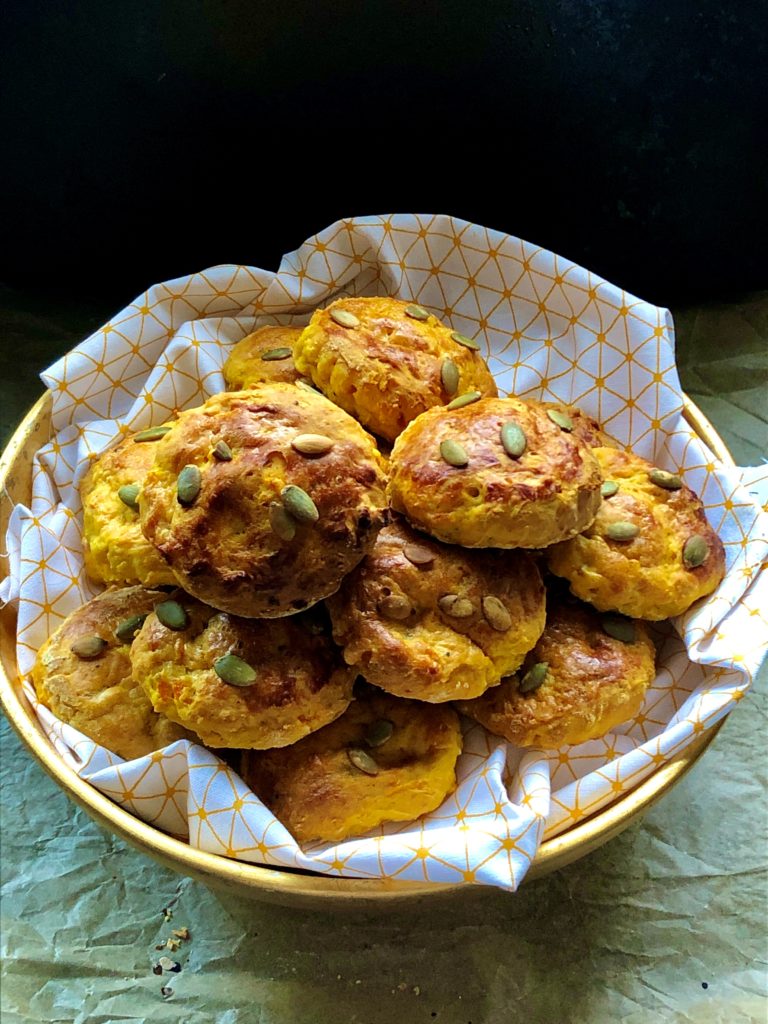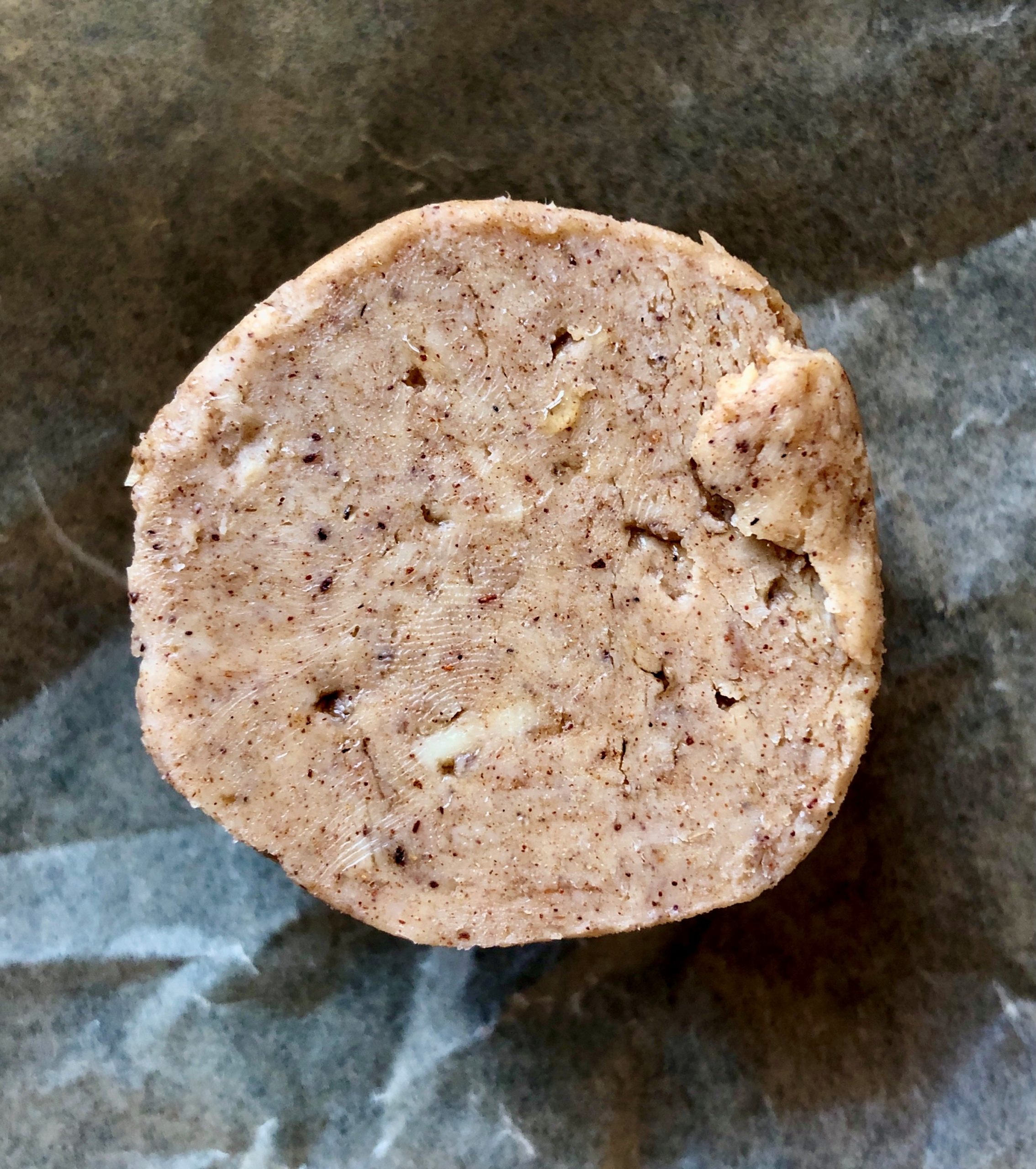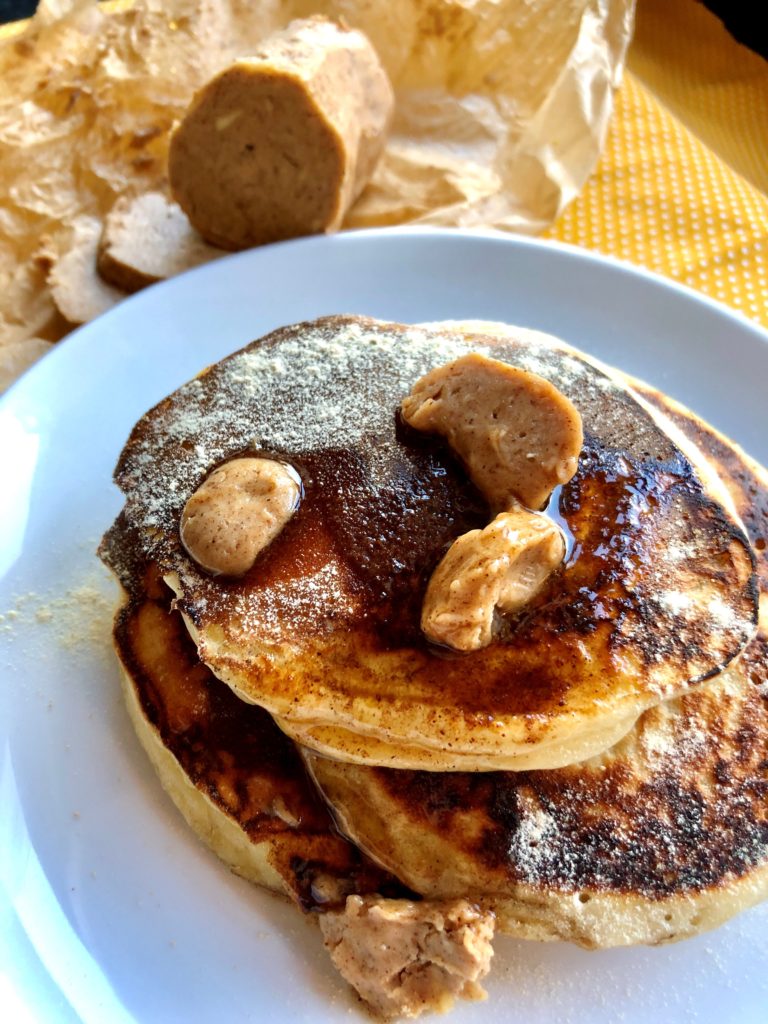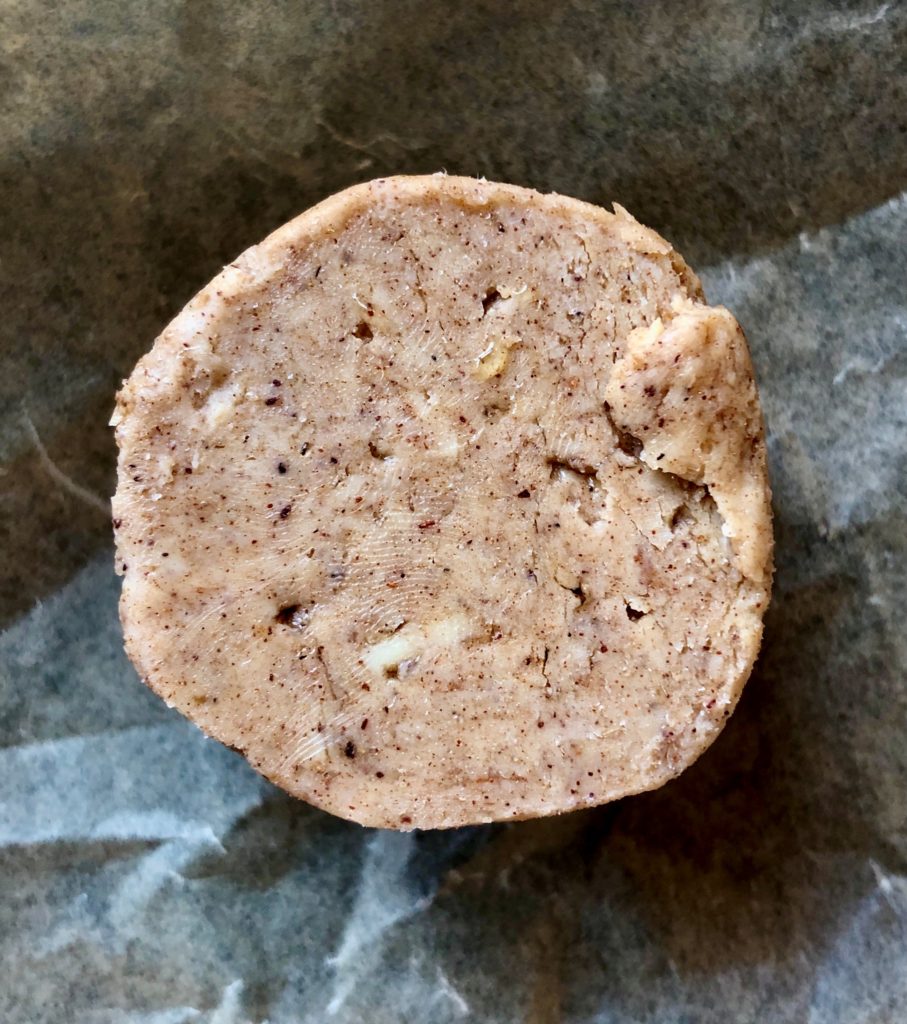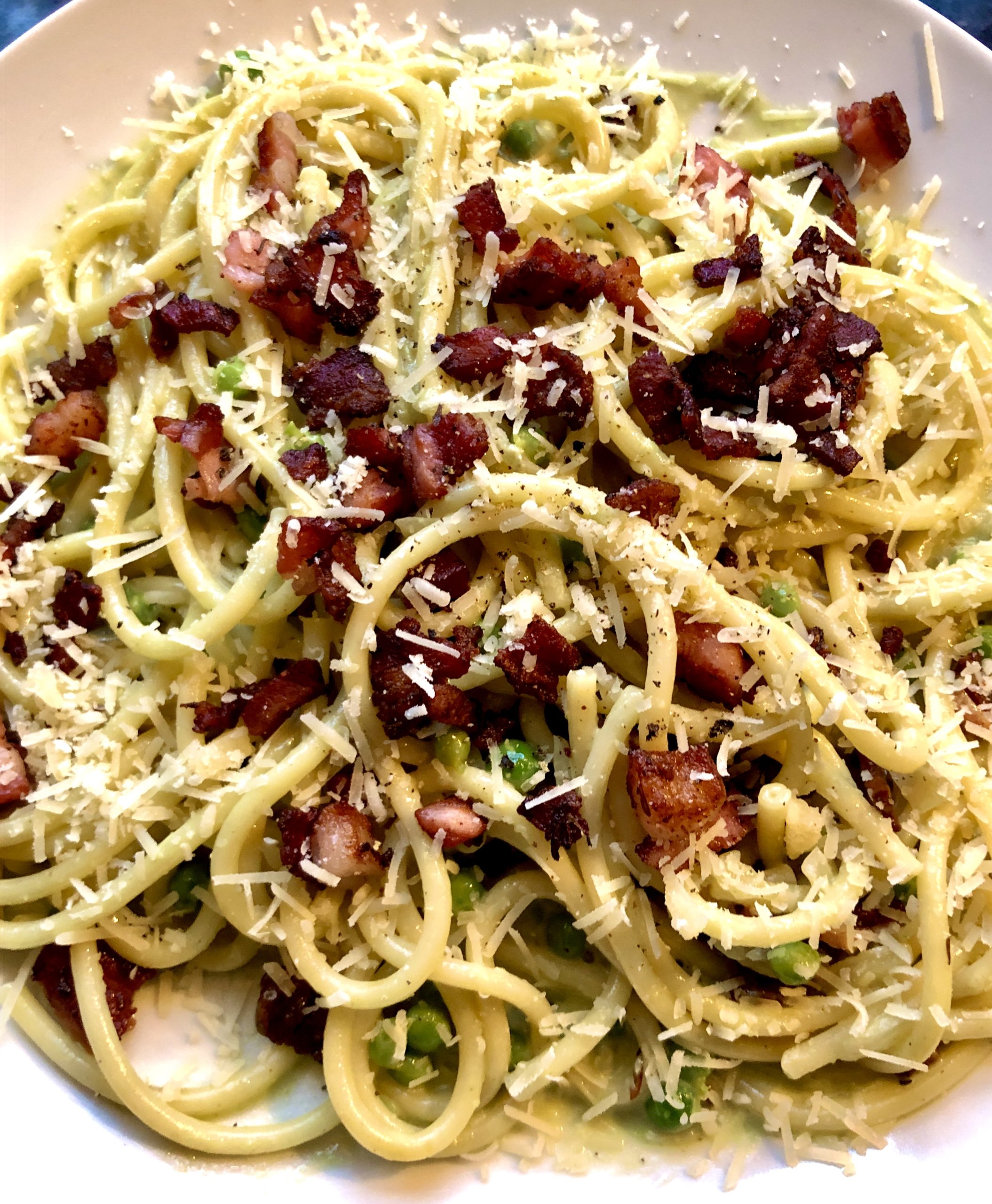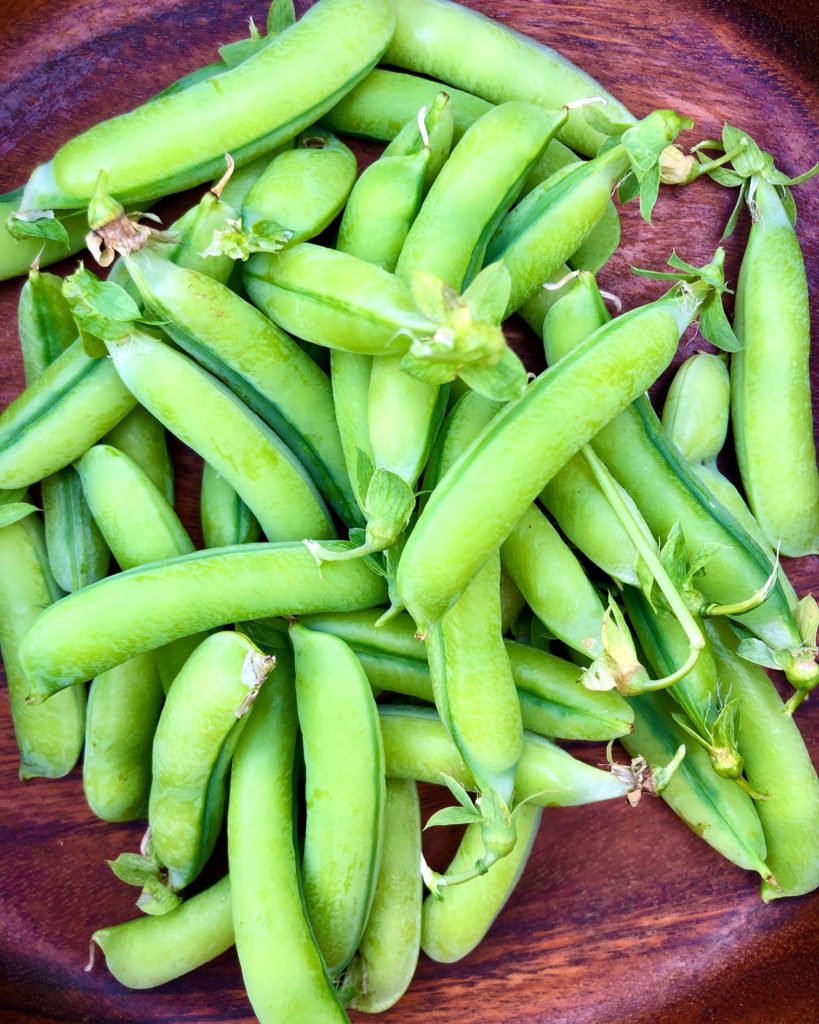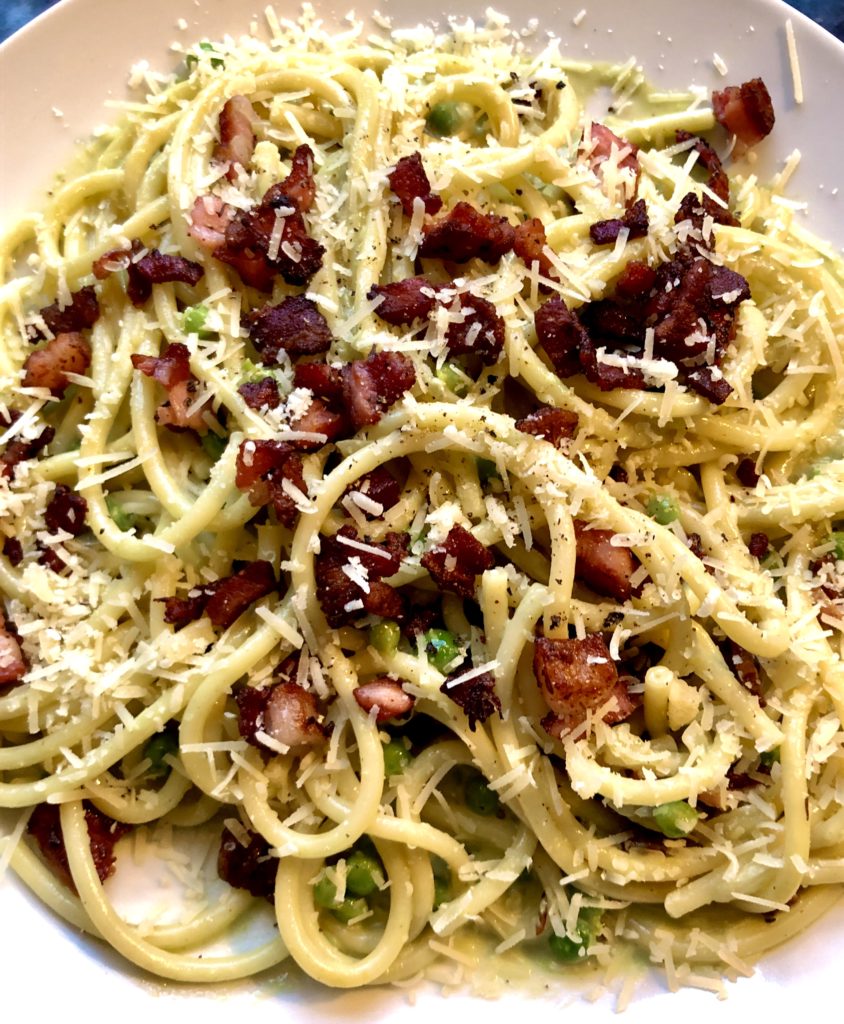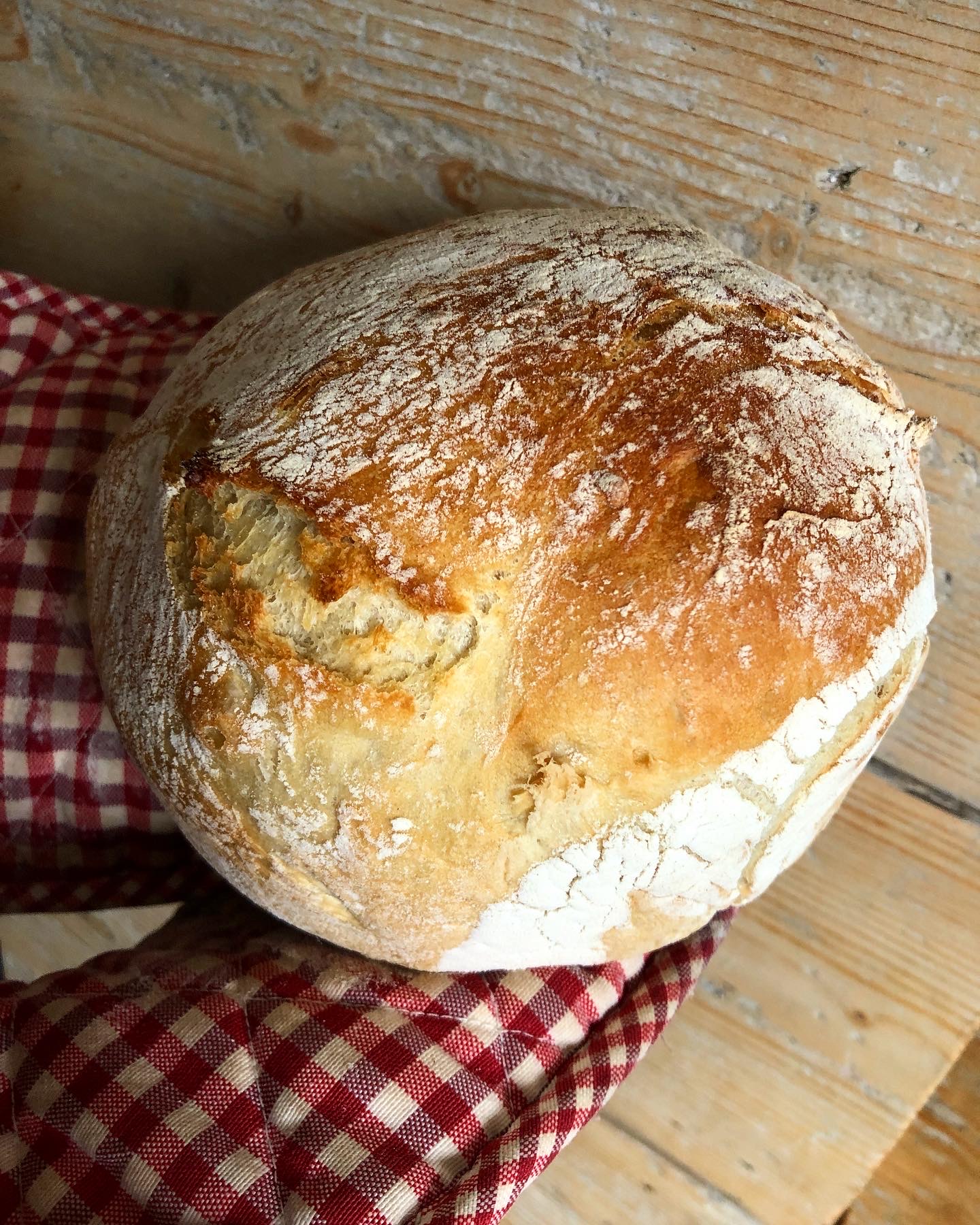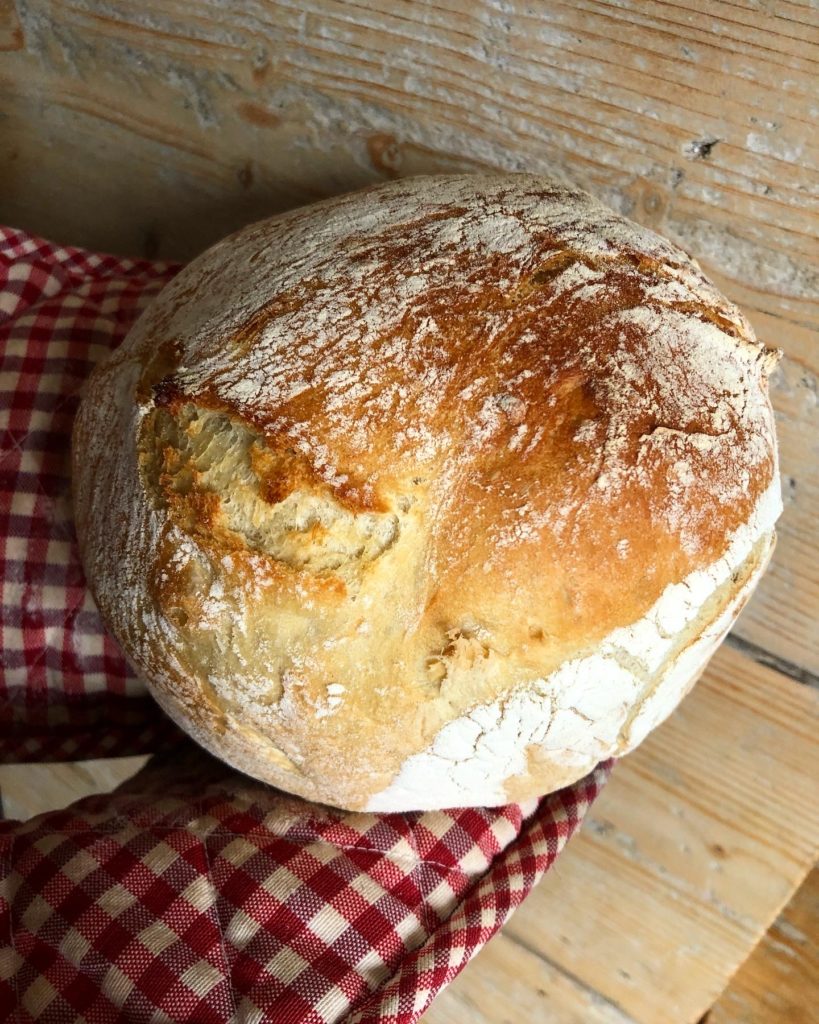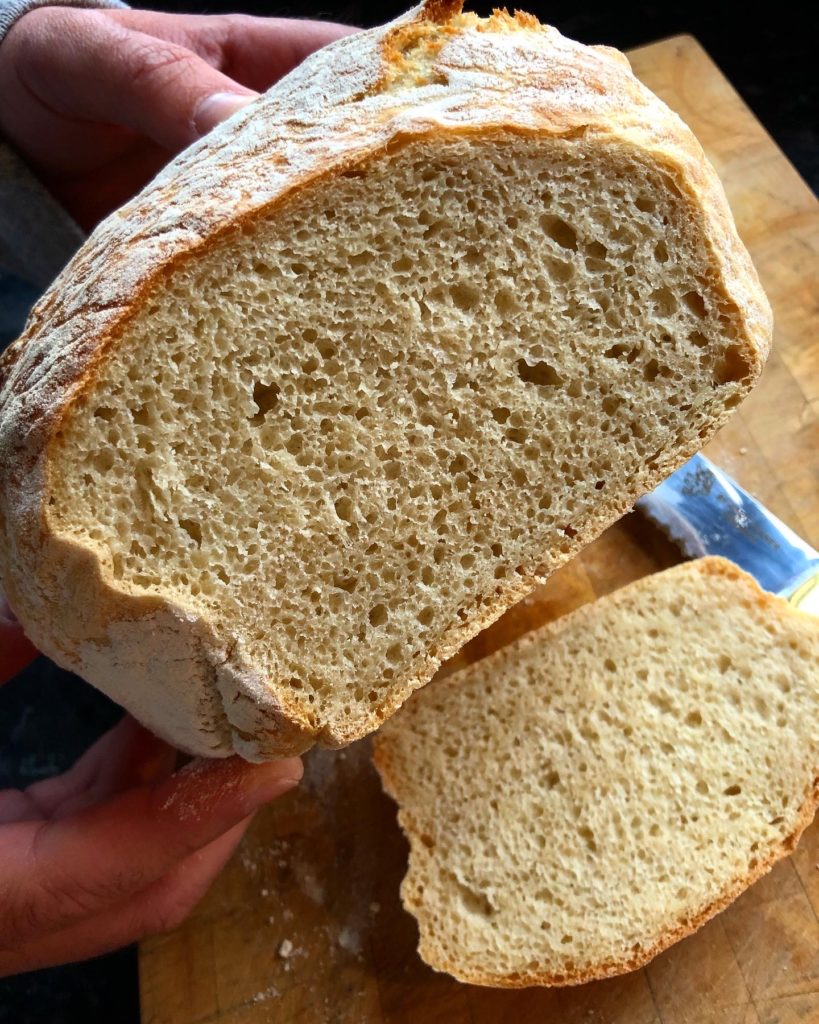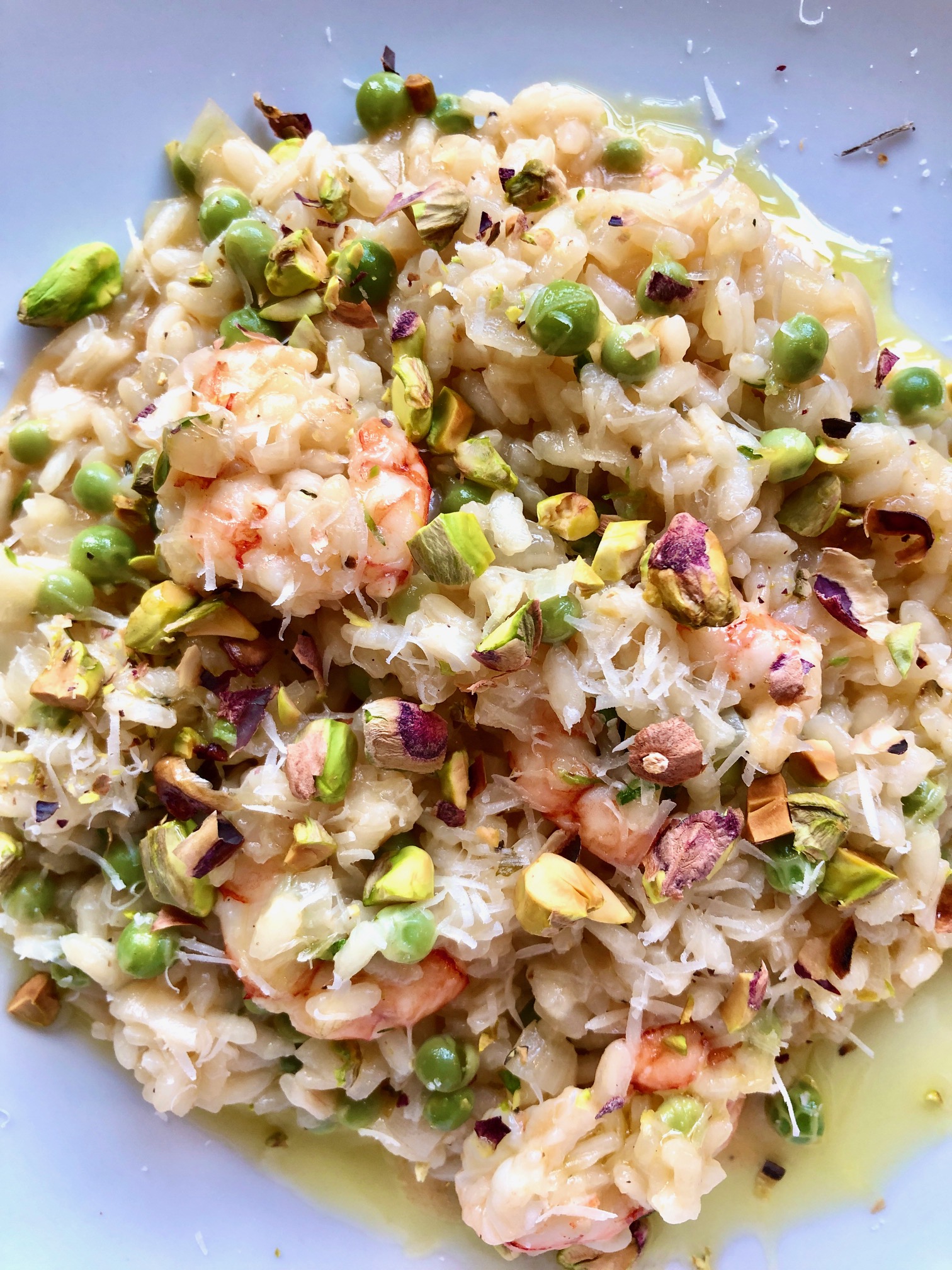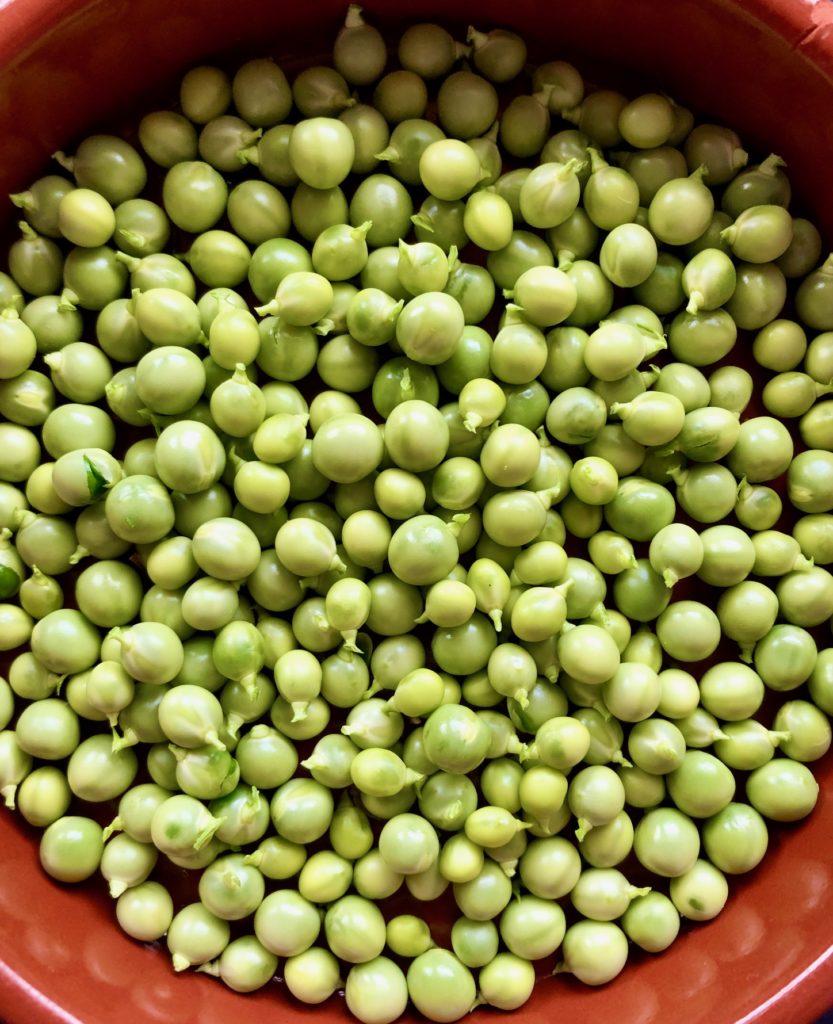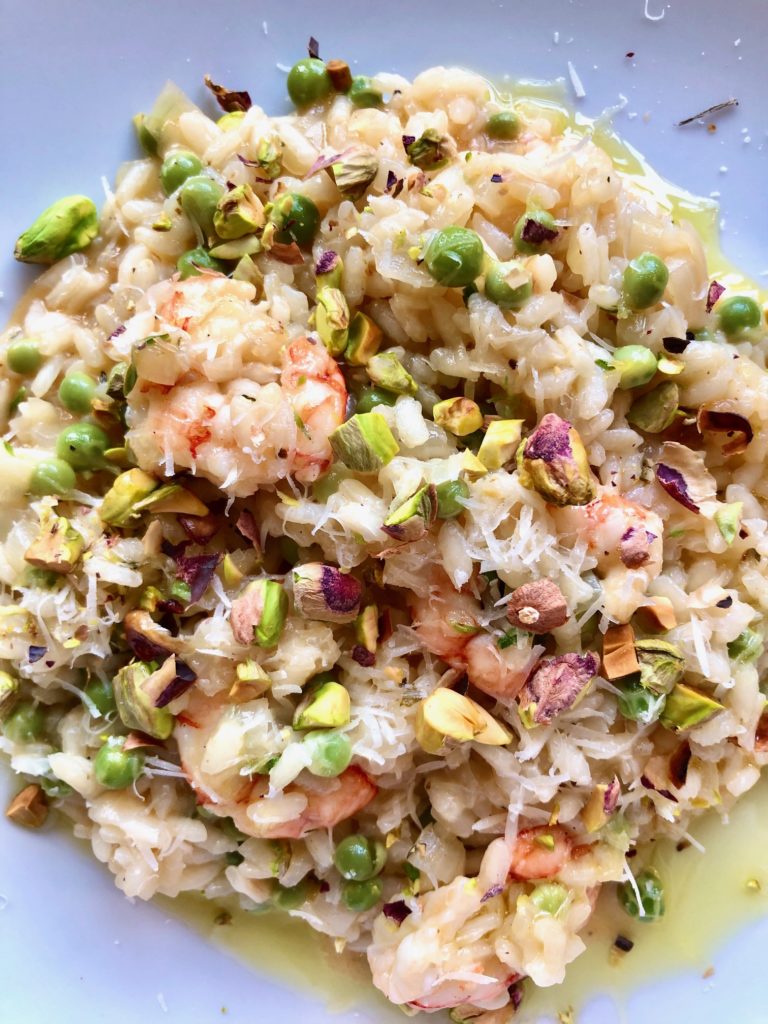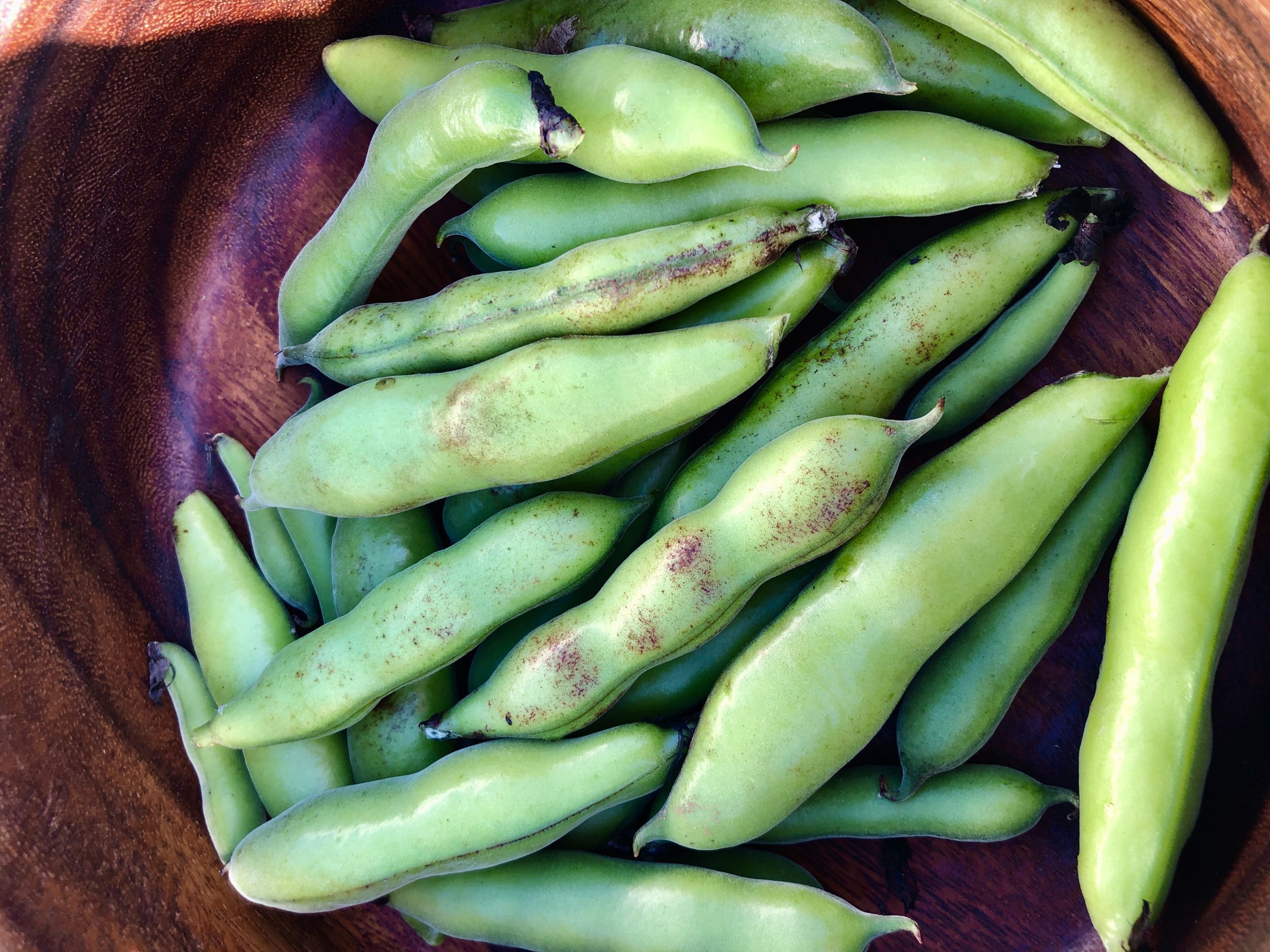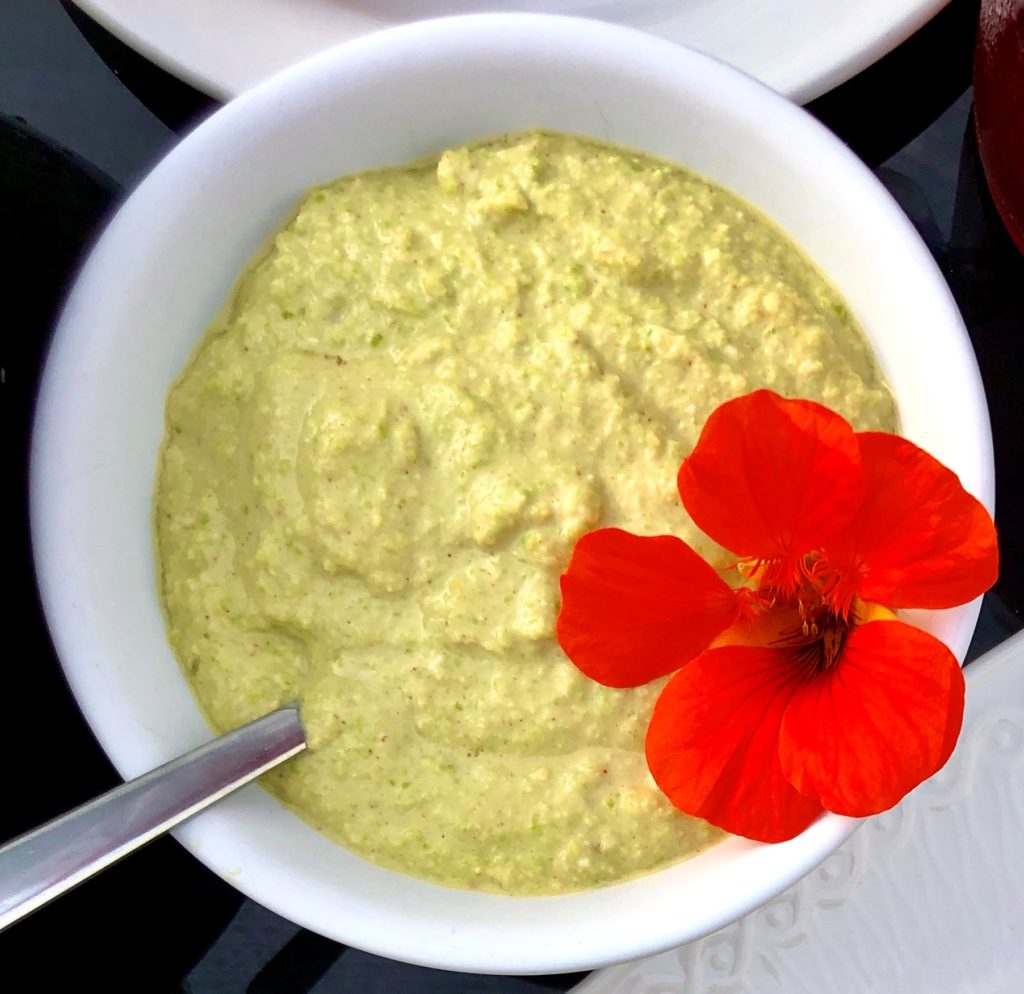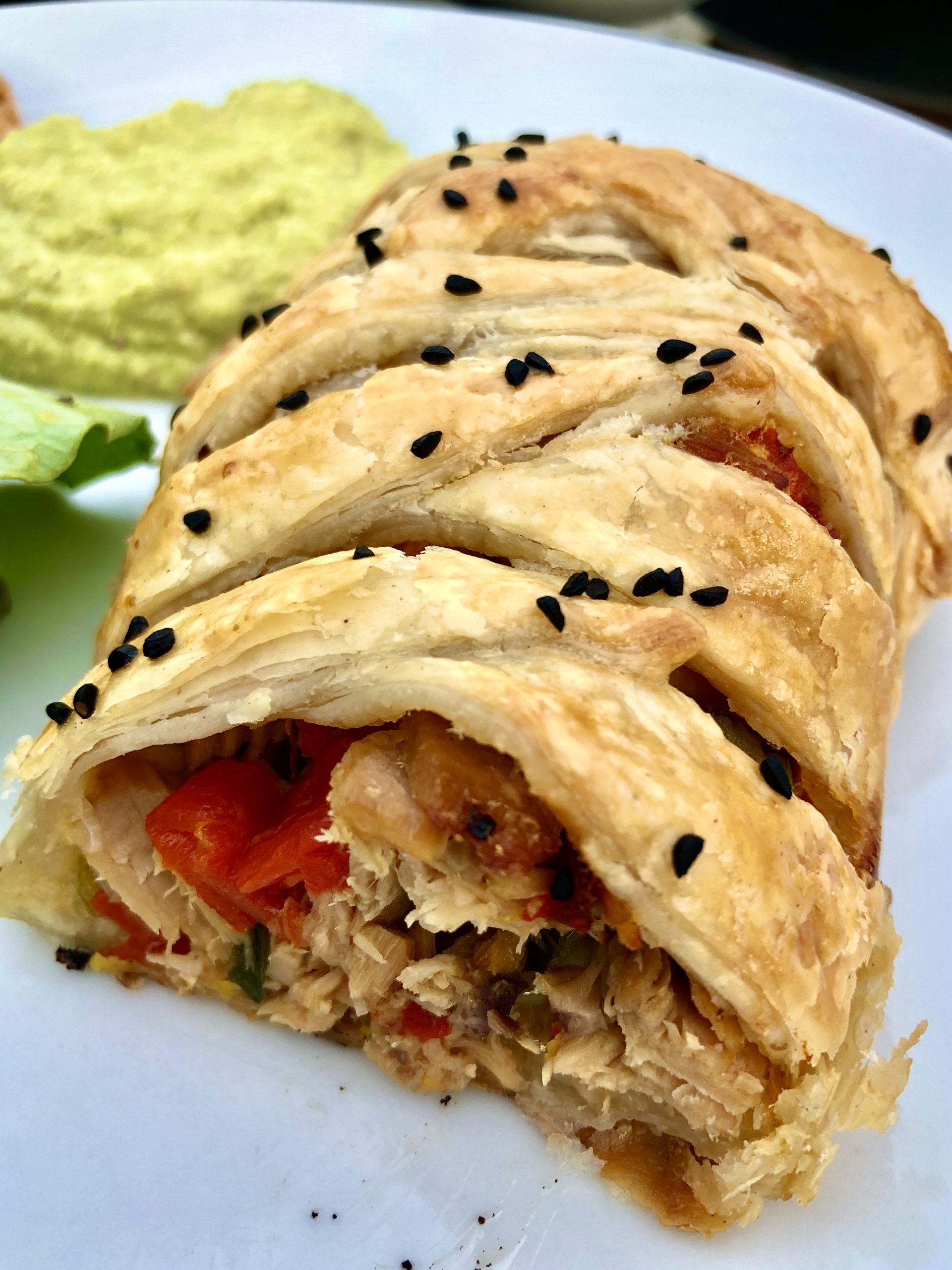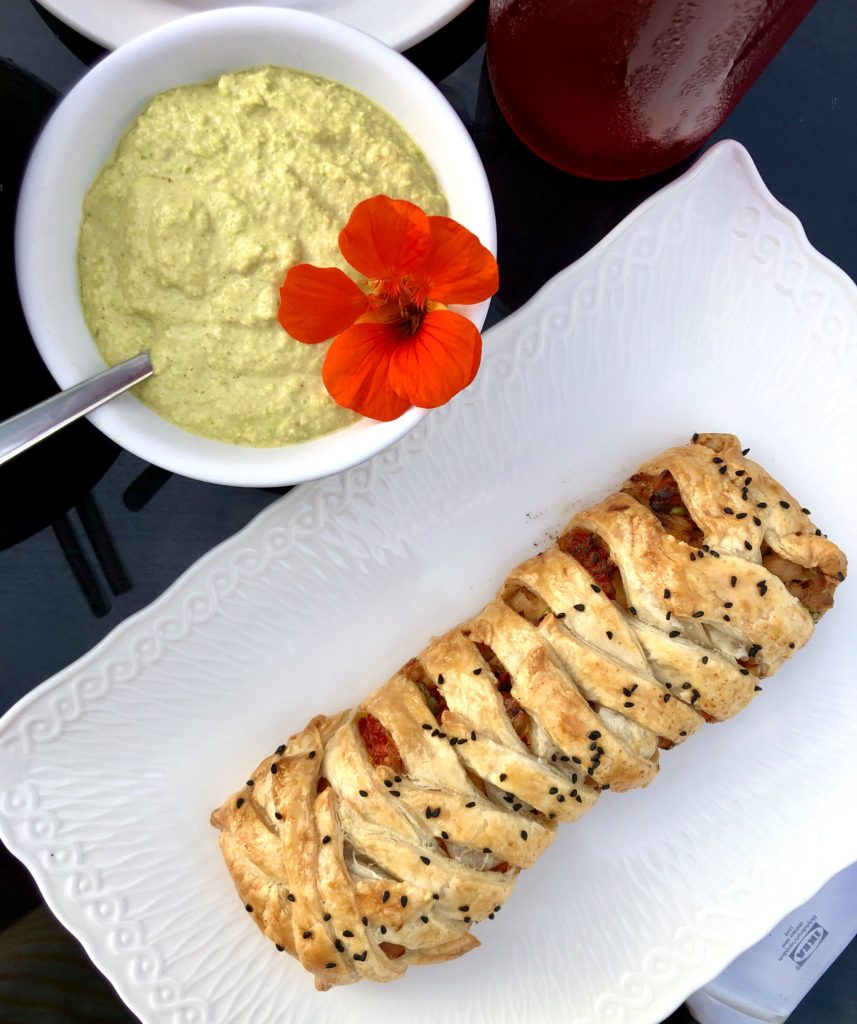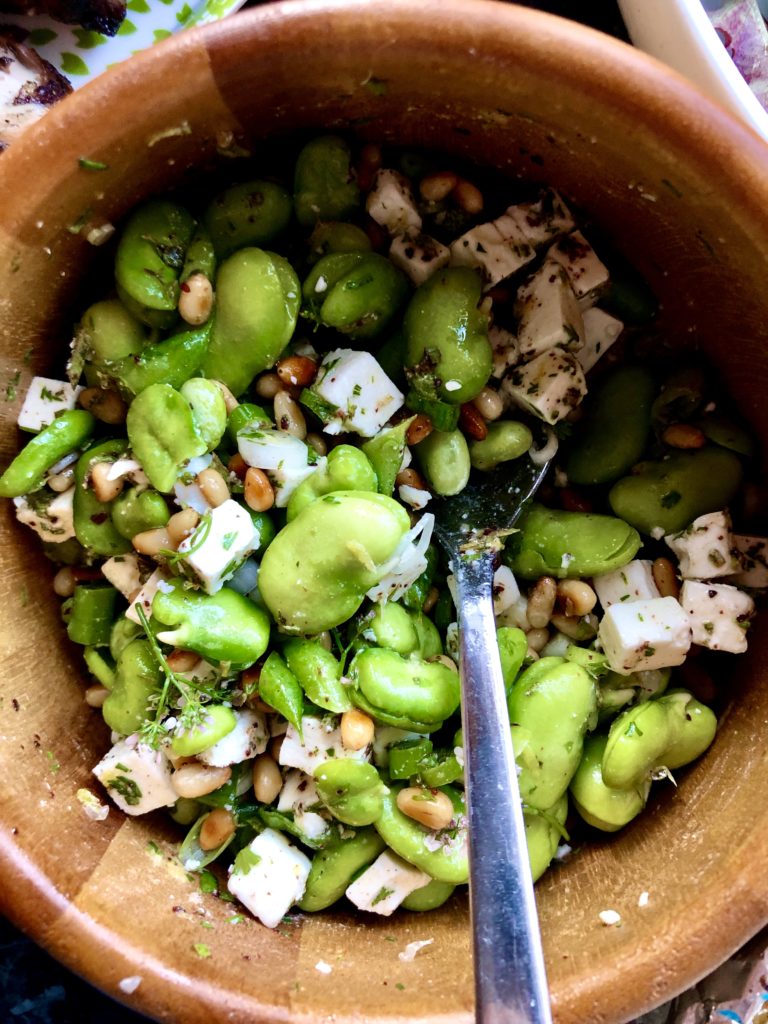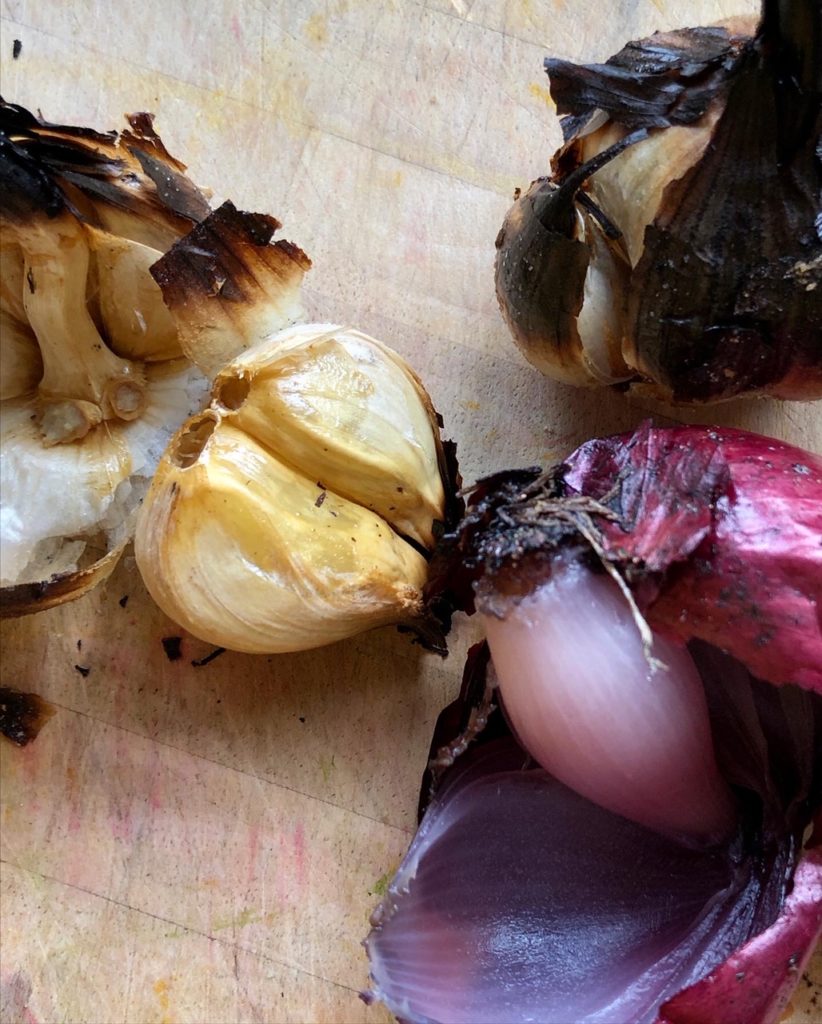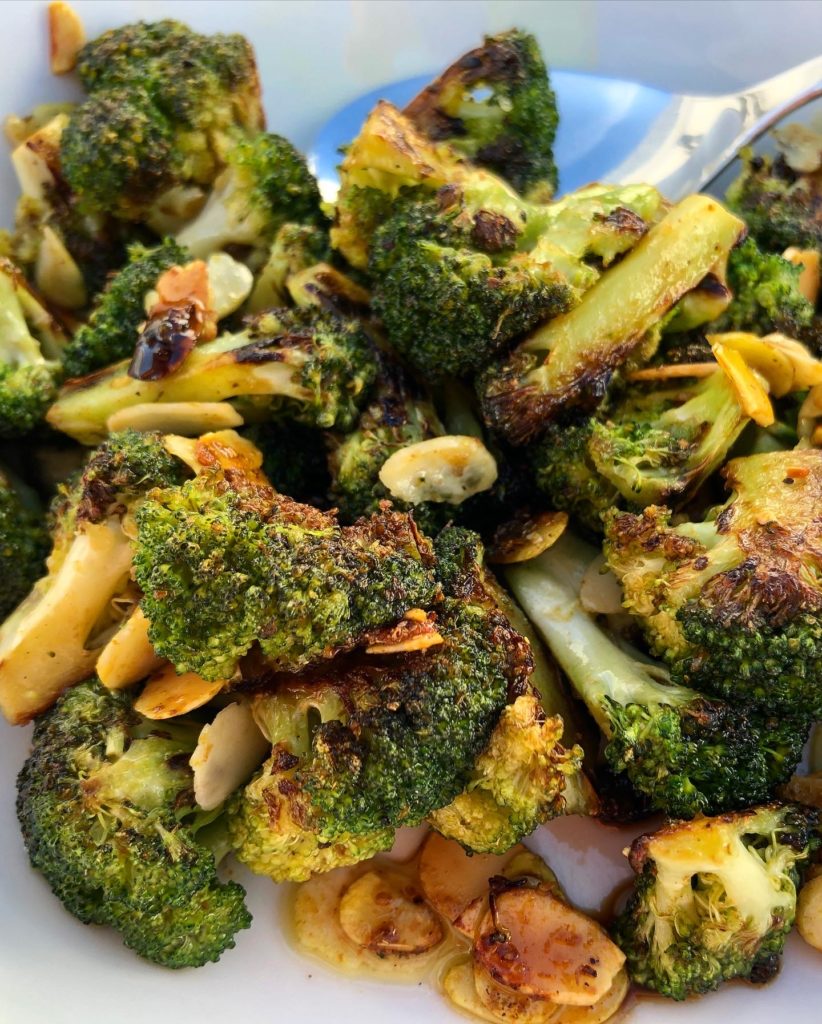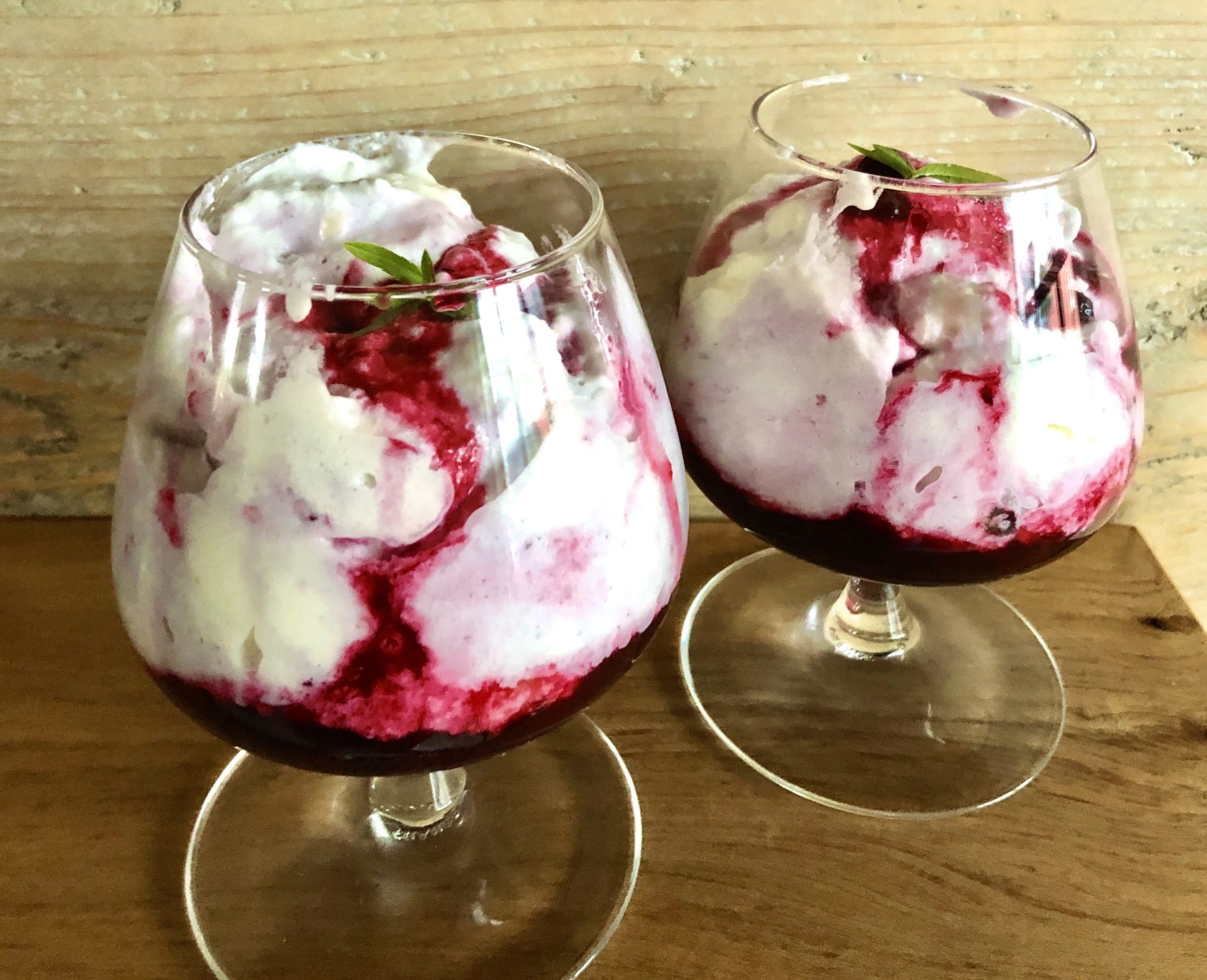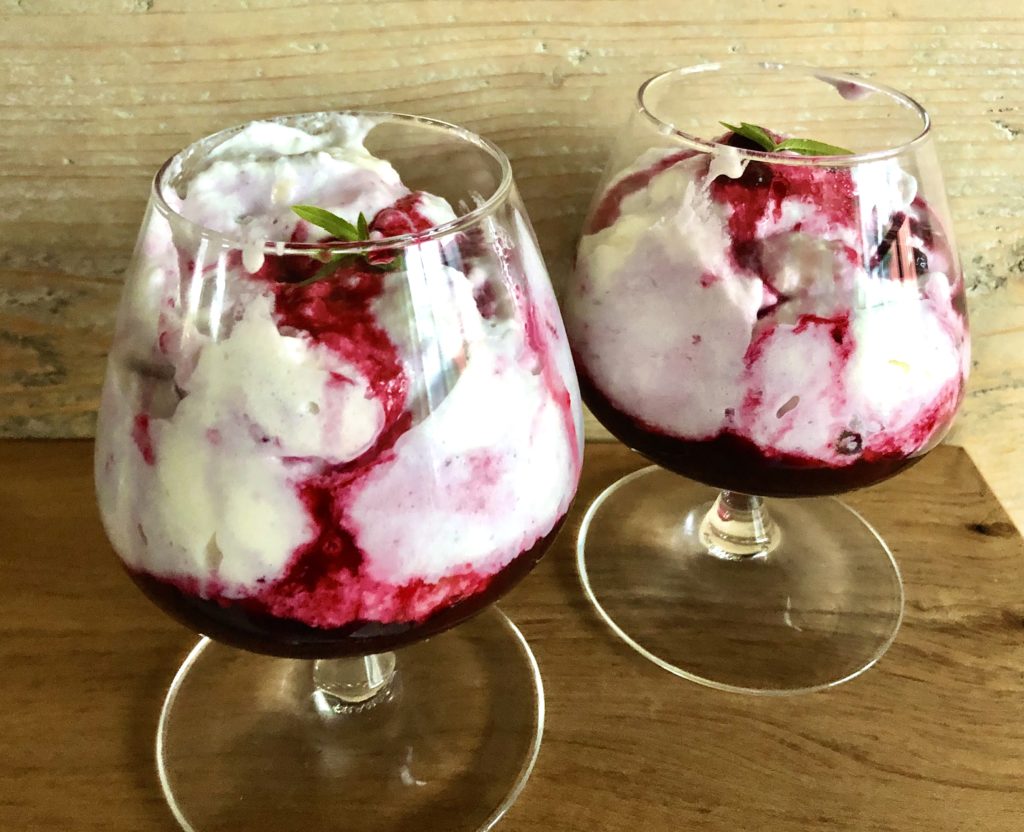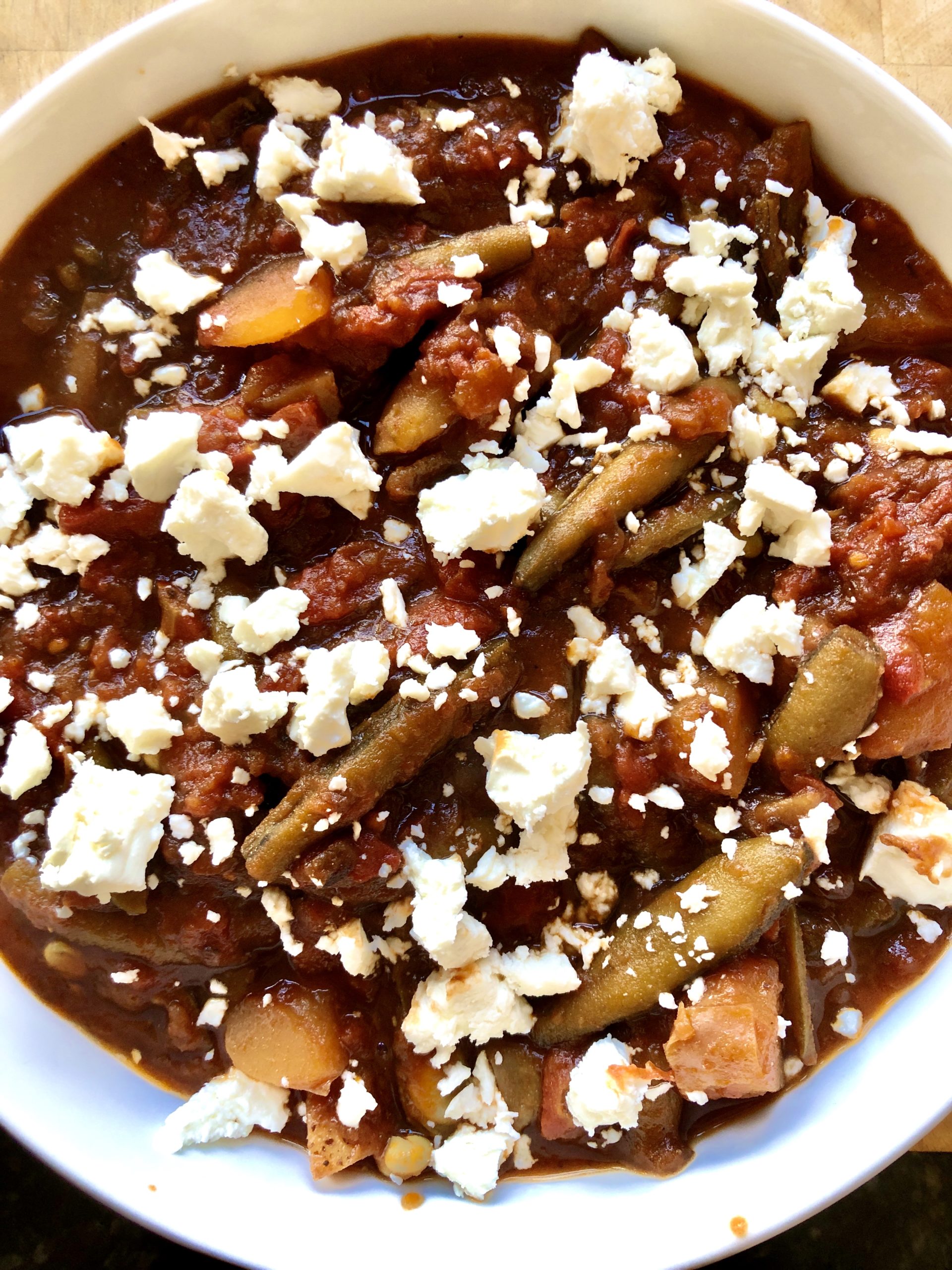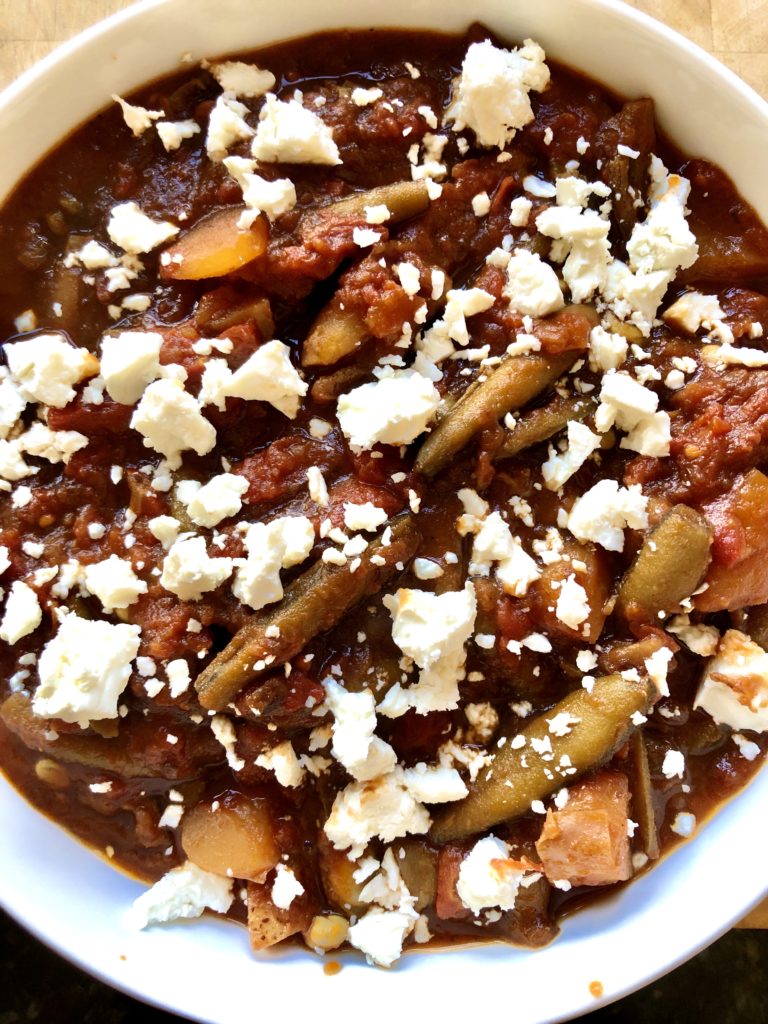In a departure from food, I decided there was another point of view about the ASAI banning THAT Tampax ad…
This article was published in The Echo – read it online here.
Have you heard of Michelle Wolf? She’s a US comedian who has a skit about periods that is probably one of the best I’ve ever heard. Michelle says things like: “if men had periods, we would have a three-week work month,” and that “if Paul came into the office with his arm ripped off, bleeding; everyone would be like ‘how are the expense reports coming along Paul?’ and he would say ‘great, and by the way – I’m fine, I don’t want to murder you.’”
Michelle also says that, when it comes to period ‘technology’, us women haven’t done enough to improve our lot – that we are satisfied that our best solution is a “rolled up piece of cotton.”
This is relevant because of THAT banned Tampax ad. There has been a lot of vitriol directed at the 84 who complained; complained because their children asked awkward questions after watching it, or those who found the demonstration too sexualised.
Ciara Kelly of Newstalk got very angry and said that while Ireland is ready to vote for same-sex marriage and abortion rights, it isn’t ready to stop shaming women’s bodies. Roisin Ingle, writing for the Irish Times – whilst menstruating, that she was mad as hell; that women go around in an almost permanent state of being “stained and shamed” for most of their adult lives as we try to hide the fact that we are on our periods.
I’ll admit that I am not a fan of that Tampax advert, but not in the same way as Ciara and Roisin; and not in the same way as the 84 complainants didn’t like it either. My uneasiness comes from the fact that the ad was just not well made. It could have been so much better.
Like Michelle’s period skit, I detest the fact that society expects me to carry on as normal while bleeding profusely and doubled up in debilitating pain every month. I had my first period at 11, in the summer holiday just before starting secondary school. From a very young age, my Mum made sure my sister and I were well informed about how our bodies would change as we got older, what a period was, why we had them and the whole sex education bit too.
Mum wanted us to be informed but, more importantly, prepared.
For another 13 years after that, I struggled with horrific period symptoms until aged 24, I was diagnosed with Polycystic Ovarian Syndrome, (PCOS), and then immediately told nothing could be done and to get on with it. All of which has meant that, since the age of 11, I have been looking forward to menopause with an unusual amount of eagerness. At aged 42 now, surely, the promised land is near. I hope so. I am so sick of periods.
Painful, messy, life-interrupting periods like mine are more the norm than not. All we want to do, says Michelle, is lie down on the floor and fart. To that I’ll also add: sleep, cry, nearly overdose on painkillers, wear pyjamas all day long and lay on the sofa watching crap TV eating chocolate and popcorn. So, the first thing that really irks me about that Tampax ad is how unrealistic the actors are in it.
Body conscious dresses, immaculate hair and make-up: this isn’t how most of us look most of the time, let alone mid-period. There is an American version of the Tampax-Ad-as-Education with comic Amy Schumer, vox-popping average American’s of all ages, creeds and sexes in an average American shopping Mall, and you know, they actually look like real people, and I find that comforting. Also, Schumer’s ability to be charming yet cutting works to break down the awkwardness barrier, unlike the unspeaking, docile and embarrassed “guest” character in the UK version.
Secondly, why oh why are we relying on TV to educate us on the correct way to wear our menstrual aid? I’m starting to think that maybe I was fortunate to have an over-sharing mother! But there’s no denying she felt this was absolutely, without doubt, part of her parenting responsibility: we were encouraged to be open about our experiences and to question everything.
But at the same time, I also remember in my group of friends talking about what was happening to us; asking questions and supporting each other as, one by one, we experienced our first periods, or Menarche.
Lastly, and much later, schools waded in with their sex education, bringing in trained experts in health and wellbeing who could better explain and answer questions. I remember one lad asking why periods are called periods, adding if it was because they last for 30 minutes? We giggled of course, but we don’t know what we don’t know and when it comes to our bodies, information is very much power.
Of course, sadly enough, in 2020 it is considered a great leap forward to talk openly about periods on TV – and it is great. But it should not relinquish the responsibility parents have to their children, friends have to each other and educators and health professionals to get in there first with information and support rather than allowing an information vacuum to develop where media is left to educate us – especially when it’s a corporate behemoth looking to flog more product.
Thirdly, the line, supposedly full of encouragement for our own bravery to “get them up there, girls!” Oh, where to start. Maybe the reductive use of “girls” for all female women? Maybe it’s the forcefulness of the encouragement to shove things up where the sun literally doesn’t shine. There just must be a better way of ensuring tampons are used correctly and comfortably. Talented copywriters of the world unite to come up with something better than this, please!
Lastly, it’s inevitable to question why, with all the science and innovation we have at our disposal, our best options are either an oversized novelty cotton bud to shove up our vagina or a pad so thick that it can make us waddle when we walk? That the best technological improvements in capturing our bloody menses are to make pads and tampons smaller, thinner, more discreet isn’t an improvement – it’s just a way of limiting our awkwardness and very much so speaks to Ciara Kelly’s point about female body shaming.
There is of course the Mooncup, a device that sits inside the vagina and collects the menstrual blood which happily can be retrieved, emptied, washed out and reinserted every few hours. That sounds like fun.
Just to be clear, it is ridiculous that the ad was banned in Ireland. The ASAI should have a radical rethink because right now it looks ridiculously out of step with the general Irish zeitgeist. The ads must do better, but, more importantly, we must all do better: to talk about our experiences, support each other and share what we know with each other. To crack jokes about having to go out with spare knickers and trousers in our handbag during a period in case of “leakage” and not feel so damn embarrassed about it.
Periods are horrible, messy, infuriating, but they are also natural, necessary, and part of what makes us who we are. It’s what leads to us all being here in the first place, after all.
